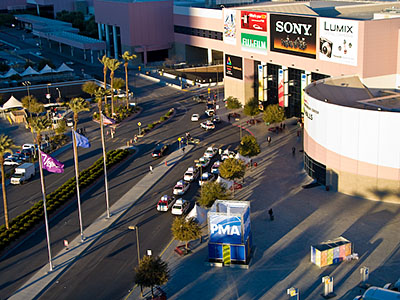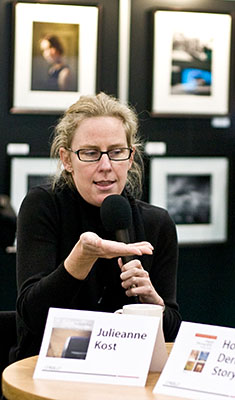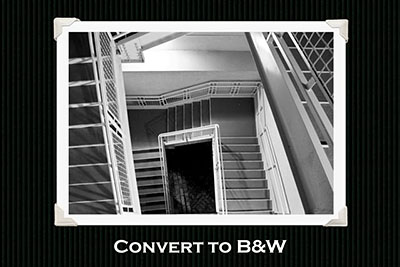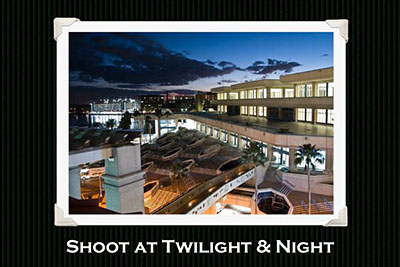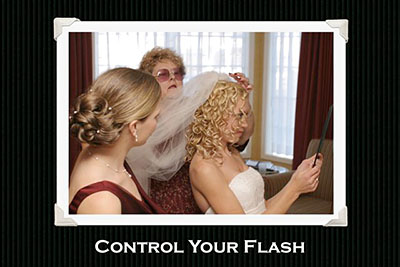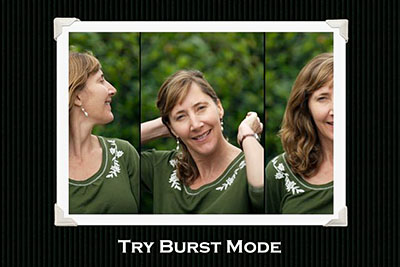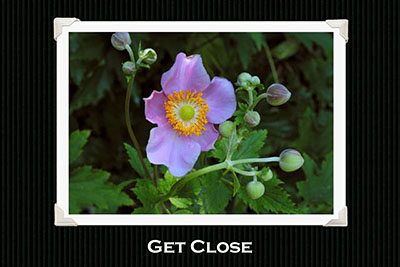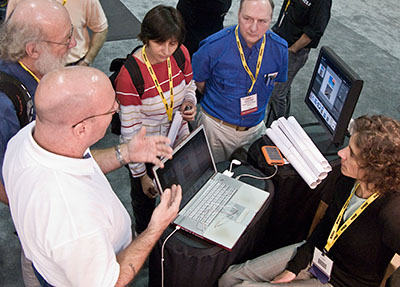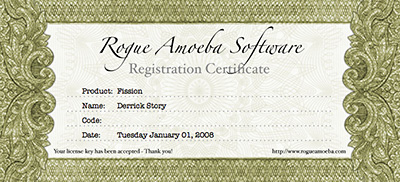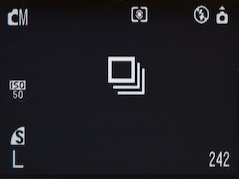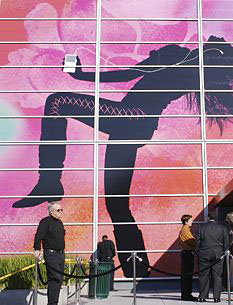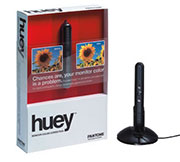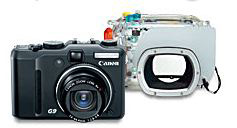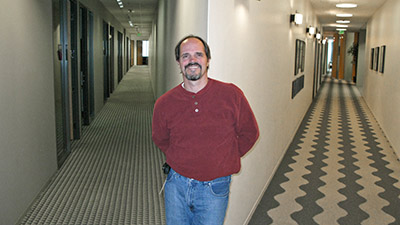
At Macworld 2008, Adobe announced Photoshop Elements 6 for the Mac. It is schedule to ship in March, but you can preorder now for $89, or $69 for the upgrade.
Back in October 2007, I interviewed Mark Dahm about Elements 6 for Windows, so it's only fair that I revisit Adobe for his take on the Mac version. In this interview we cover all things Mac, and there's a ton of good stuff to talk about.
Monthly Photo Assignment
Empty is this month's photo assignment. Empty spaces, empty containers, empty lives... lots of possibilities for this one. You can read more about how to submit on our Submissions page. Deadline for entry is Feb. 29.
Listen to the Podcast
Now that I've piqued your curiosity, it's time to listen to today's audio show titled, "Inside Photoshop Elements 6 for the Mac." You can download the podcast here (26 minutes). You can also subscribe to the podcast in iTunes
The Digital Story Podcasts are available for direct download from Apple iPhones. I've created a special mobile download page here. Just load the page in Safari, browse the podcast line-up, and click on the one you want to listen to.
Want to share photos and talk with other members in our virtual camera club? Check out our new Flickr Public Group. It's a blast!
Check out what you can do with an $150 underwater housing and a compact point and shoot by taking a look at my underwater gallery from the Caribbean.
Have you looked at the Park by the Numbers Camera Phone Project? If you have a camera phone, you've got to check this out.
Events! See the TDS Event Calendar for photography workshops, speaking engagements, and trade show appearances.
Technorati Tags: digital photography, podcast, technique, Technology, The Digital Story, tips
Sponsor Notes...
Lowepro Bags for Photographers On the Go -- Lowepro gear for every type of camera rig, every type of photographer.
Add Magic to Your Slideshows -- FotoMagico presentations are so amazing that your audience will be asking how you did it.

